Bulls aren’t actually attracted to the color red. It’s the movement of the red cape that catches their attention. The idea that red makes bulls aggressive is completely made up. And the 5-second food rule? That doesn’t hold up to scrutiny either. But it turns out that it does depend on what kind of food and surface you are dealing with.
For this video, we’ve scoured the internet for any myth that needs debunking. Some of these are so common that you may have never questioned them yourself.
Here are 25 dumb myths that people still believe today.

Eating carrots helps you see in the dark

Carrots *can* technically improve eye health and vision in low-light conditions. They are full of something called beta-carotene. The body converts this into Vitamin A, which is good for your vision. But the effects are extremely low. But the link between carrots and good eyesight was mostly pushed during World War 2 by the British government. They had a huge advantage over the Germans by using their Airborne Interception Radar. To keep the information from getting out, the British claimed that their pilots were eating lots of carrots. By some accounts, this disguise worked so well that Germans started giving their own pilots carrots.
Flashing headlights is a gang initiation

Have you ever flashed your car’s lights to alert a driver that their headlights weren’t working? According to one urban legend, this could be a death sentence. Apparently, as part of a gang initiation, a potential member drives without lights on and chases the first person to flash at them — killing everyone inside. The myth dates back to at least the 1980s and went viral in a Facebook post warning the public of this ‘Bloods initiation game.’ In fact, it became so widespread that the Bloods gang went public to debunk it themselves, telling the media that they don’t hunt down innocent people.
You should pee on a jellyfish sting

Ask people what to do if a jellyfish stings them, and there’s a one in three chance they will say ‘pee on it.’ That turns out to be not just wrong — and disgusting — but also dangerous. The myth started because urine contains ammonia and urea, which *can* help relieve some stings, like from a bee. But the levels are *far* too low to have any effect on a jellyfish sting. The sodium in urine and the spraying motion of peeing might actually make a sting *worse* by **triggering the stinger to release more venom. Instead, experts advise you to wash the sting with seawater, remove tentacles with tweezers, and get to a hospital as soon as you can.
Adults know best

Being an adult doesn’t guarantee that you ‘know best.’ Most children dream of becoming an adult and having full control over their lives. As we all come to realize though, that control is overrated. Being an adult means working for a living and being responsible for yourself. The myth that ‘adults know best’ is taught from a young age to make children behave. But there is nothing magically more wise about being an adult. In fact, most of the world’s problems come from adults.
Truth serums can make you confess*

People lie all the time. All parts of society have been struggling with this for centuries— and the scientific community is no different. In the early 20th century, the drug ether was used to try and induce confessions from criminal suspects. Since then, different chemicals have been tried. Some have claimed that scopolamine, a drug used for motion sickness, is an effective truth serum. However, the results of any drug have never been scientifically confirmed.
Never eat before swimming

You might have heard this one as a kid: swimming right after eating is not a good idea. But how much truth is there to it? The claim comes from some misconceptions about digestion — that there isn’t enough blood flow to the stomach or limbs while food is being processed. Turns out, that’s completely false. There is no scientific evidence suggesting that eating before swimming is dangerous. It *can* cause you to feel nauseous or to have a stitch, but apart from that, the science is in agreement — there’s nothing dangerous about swimming after eating.
Ostriches bury their heads in fear

This myth goes all the way back to ancient Rome. And it became so widespread that it’s now commonly used as a metaphor too. The idea is that ostriches bury their heads in the sand when they sense danger. When ostriches move their heads down to the ground to eat, it might look like they are hiding because of how small their heads are. But ostriches don’t need to hide. They can sprint up to 70 kilometers an hour, making use of their ‘air rudder’ to propel themselves faster. Predators like cheetahs can beat ostriches over small distances, but ostriches can keep a pace of 50 kilometers for up to half an hour. In the end, endurance always wins.
Real silenced guns aren't that quiet

In movies, whenever a character uses a silencer on a gun, there is a high-pitched, muffled noise. It’s been compared to a ‘cat sneeze.’ In real life though, silencers are much less effective. That’s because a silencer doesn’t do anything to change the internal gas reactions that actually shoot bullets out of the gun. A silencer does cool the gasses slightly before the bullet exits the barrel, but this only reduces the sound by 30 to 40 decibels. For reference, a silenced 12-gauge shotgun will still make a sound louder than an ambulance siren. And if you thought that myth was dumb, I can’t wait to tell you number 11 on the list.
Drink tea for detoxification

‘Detox’ diets are all the rage these days. The aim is to eliminate toxins from your body by fasting and only eating healthy foods. This is often complemented by tea, like the ‘green tea detox.’ The main reason touted is usually to increase hydration which can help with weight loss. But the truth may be the opposite. The high levels of caffeine in tea can cause effects ranging from anxiety and fatigue to high blood pressure. It can also limit the proper absorption of nutrients.
Bulls are attracted to the color red

What color comes to mind when you think of bullfighting? Red, of course! You might be surprised to learn that bulls can’t see the color red. In fact, red is normally only used in the third and final act of the ‘corrida’ routine, when the matador de toros finishes the performance by killing the bull. The color helps to cover up the blood. So what is really drawing the attention of the bull? As they are whipped, taunted, and yelled out by the crowd, the bull becomes enraged, triggering its flight or fight response. Studies have shown that bulls are attracted to movement.
Kids lifting weights can stunt growth

Parents and teachers might be worried about what strength training can do to a growing body, especially during teenage years. But research shows there is no cause for concern. As long as training is managed and not excessive, it is a huge benefit to young people. Regular weight training lowers the risk of injuries and is linked to a higher bone and strength index.
Black cat, bad luck?
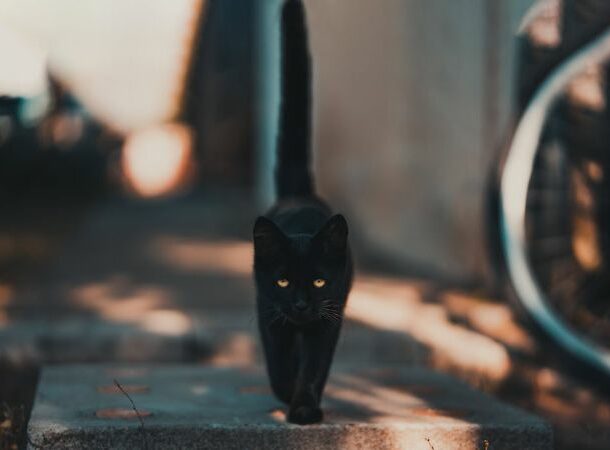
For centuries, black cats have carried the stigma of misfortune and menace. The superstition dates back to at least the 13th century when the church categorized black cats as an “incarnation of Satan.” Since then, they have been associated with witches and blamed for spreading the plague. However, this is mainly in Europe. Other cultures around the world believe that black cats are a sign of the opposite — good luck.
Don't walk under that ladder

Just like the black cat, a ladder is usually taken as a bad sign. This one, too, has ancient origins, dating back as far as ancient Egypt. In ancient Egypt, the triangular shape that the ladder made was viewed as sacred. They were used by the gods to pass through. It’s a similar reason that Christianity picked up the same belief — because of the Holy Trinity. There are some obvious reasons for not walking under a ladder, too. If construction is ongoing, then there *is* some danger.
Make a wish on a wishbone
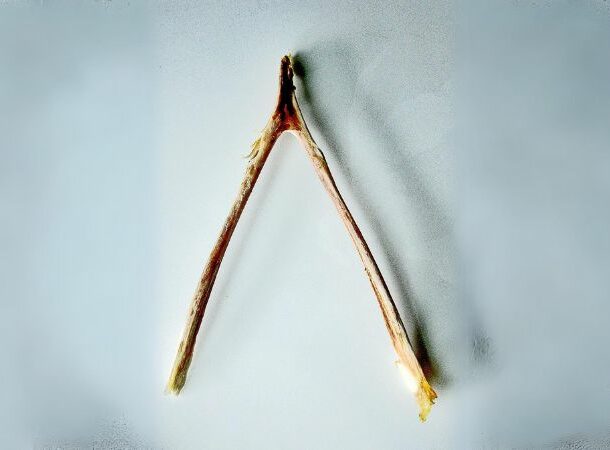
It’s become a tradition of Thanksgiving — breaking the V-shaped ‘wishbone‘ of a turkey. Two people tug from either side and whoever breaks off the bigger piece is granted one wish. The belief goes back to pre-Roman times of the Etruscans, a civilization in what are now the Italian regions of Tuscany, Po Valley, and Emilia-Romagna. The Etruscans would take the wishbone from slaughtered chickens and stroke them as a sign of good luck. This was later picked up by the Romans and then the British. Whether you believe it or not, it is a practice that has survived thousands of years.
Typing your ATM code backwards alerts the police

An urban legend has been circulating for years now. Apparently, if you enter your ATM code backward, it will send an alert to the police, take a photograph, and even stop any money from being withdrawn. This would be perfect if you were being held hostage by a thief and needed a discreet way of reaching out for help. Unfortunately, it doesn’t take too much to dismantle the claim. If your pin code is the same backward as it is forward, the signal won’t work. Part of the reason it became such a popular urban legend may be because an American lawyer filed for a patent with this exact mechanism in 1994. After pitching it to multiple banks though, it was rejected.
The scent of a human leaves a baby bird abandoned
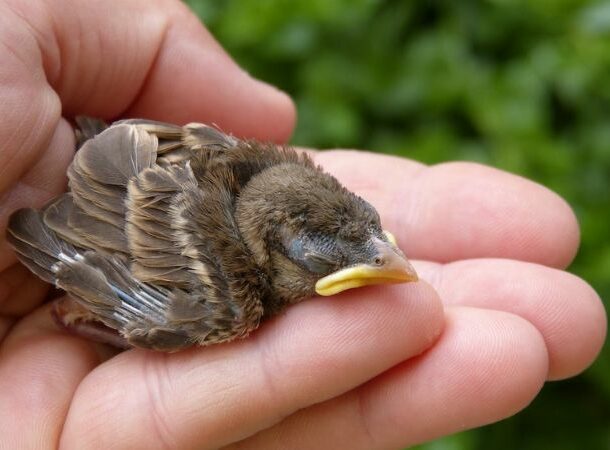
Does picking up a baby bird make its mother reject it? This idea is so widespread that biologists and wildlife experts have had to officially reject it. The first flaw in the idea is that most birds have a very limited sense of smell. They mainly survive on their sight and hearing. That doesn’t mean you should pick up bird babies, even to put them back in a nest. This can alert predators to their location and put them in real danger. Putting an animal in danger is one thing. But myth number 7 could get *you* killed.
Putting a spoon in a person's mouth while they are having a seizure

Our understanding of seizures and epilepsy is still limited. However, what the medical community does know is what *not* to do when someone is having one. Don’t try to restrain them. Clearing away objects is a good idea, but if you try to keep their body still, it could lead to an injury for yourself or them. Secondly, don’t put anything in their mouths. A common myth is that putting a spoon in the mouth stops a person from swallowing their tongue. It’s not possible to swallow the tongue because it’s so firmly attached to the mouth. Plus, anything in the mouth during a seizure can cause damage to their teeth or jaw.
Daddy long legs are the most venomous spider in the world
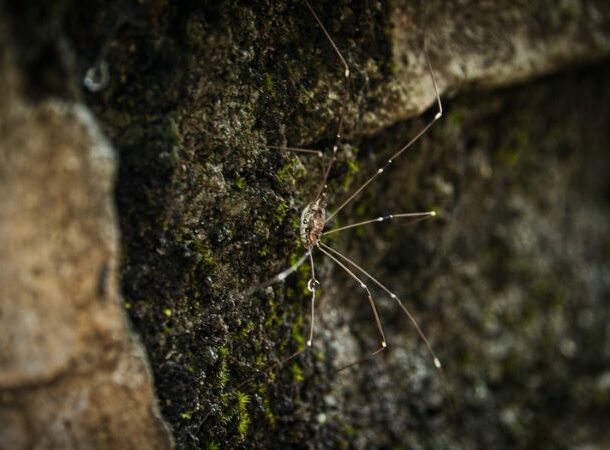
‘Daddy long legs’ doesn’t just refer to one type of spider. There are actually three different animals — cellar spiders, harvestmen, and crane flies. While cellar spiders and crane flies don’t have any venom, harvestmen do release a spray of chemicals when under attack. This *is* poisonous to some animals, but not humans. And even though cellar spiders do have fangs, there’s no evidence of them even being harmful to humans. That might all be a little confusing. In a nutshell, it means that no, daddy long legs are definitely *not* the most venomous spider in the world, especially to humans.
Play dead during a bear attack

If you are under attack from a bear, it’s important to think quickly. If you’ve ever heard of playing dead, it’s not as effective as you think. The truth lies somewhere in the middle because it depends on the type of bear. If you face a female grizzly protecting her cubs, then playing dead *can* work. But for any type of predatory bear, which includes black bears, this strategy has no chance of working. Since experts tell us there is no way to outrun a bear, the only thing left to do is fight. How do you like your chances?
You need to have your life figured out before 30*

Depending on where you live, 18th and 21st birthdays are usually a big occasion. Over the last few decades, turning 30 has joined that list. It’s seen as a landmark age where major parts of your life, like work, relationships, and housing, should be all figured out. But this is a myth. Turning 30 often means the opposite: discovering who you really are and what you really want from life.
The 5-second rule

It’s something most of us wouldn’t like to admit. You drop a piece of food on the floor and you think about what to do next. Should you throw it in the trash? Or can it still be saved? The so-called ‘5-second rule’ is famous. It claims the food is still safe to eat for, well, 5 seconds after dropping it. It’s so common that researchers ran a full-scale experiment to get to the bottom of it. The study involved 128 different scenarios, with a variety of surfaces, food types, and lengths of contact. The results? Bacteria can contaminate food instantly. There were some differences, like the wetter the food, the more bacteria it collects. But the conclusion was that eating any food after it hits the floor can put you at serious risk of getting a range of food-borne illnesses. As far as food-related myths go, number one is probably the biggest, and if you have ever had acne, you are gonna want to stick around.
Frogs jumping out of boiling water
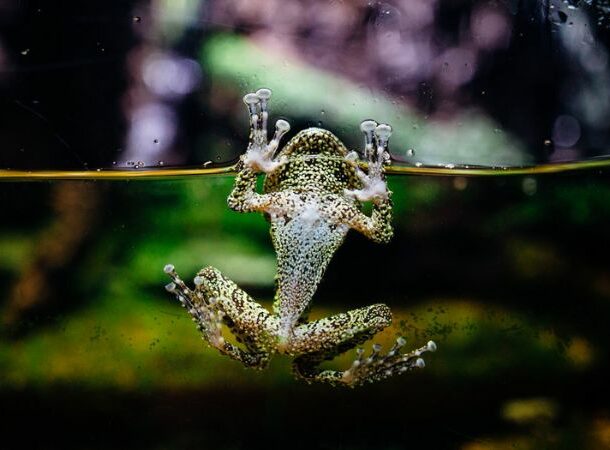
The 5-second rule is something pretty common in the kitchen. Something much less common is cooking a frog. Somehow though, a myth about what happens to a frog when you put it in boiling water has become pretty popular. According to this myth, a frog will jump out of a boiling pot instantly, but if you slowly increase the heat of the water, it will stay in the water until it’s cooked. It makes a pretty strong metaphor for introducing change slowly. But while it might make for a good management lesson, it doesn’t hold up to reality. As soon as the frog feels too hot, it jumps out of the water.
Porcupines can shoot their quills

The porcupine is one of the strangest-looking animals. Maybe that’s why it has inspired a reputation for an uncanny ability. Some people will tell you that porcupines are dangerous because they can shoot their quills. Quills are the sharp spines that are used as a defense against attackers. If a porcupine is feeling threatened, these quills stand up straight in the air, protecting their body and adding a sharp layer of defense. If they get stuck on an attacker’s skin, then they simply grow back. However, that’s the limit of their powers. They are not able to shoot these quills from their body.
Bananas make you fat

Bananas contain around 14 grams of sugar per medium banana. That might be where the idea of ‘bananas making you fat’ came from. However, this doesn’t take into account that these are all natural sugars. Plus, the nutrients, vitamins, and fiber, do much more for your body than 14 grams of sugar from an artificial snack ever could.
Chocolate causes acne

If you ever heard that the cause of acne is chocolate, then we’ve got some good news for you. There isn’t any substantial evidence linking cocoa beans and pimples. The added sugar is a factor, as it is a high-glycemic food, along with white bread, white rice, and potatoes. But chocolate on its own isn’t the enemy.



























